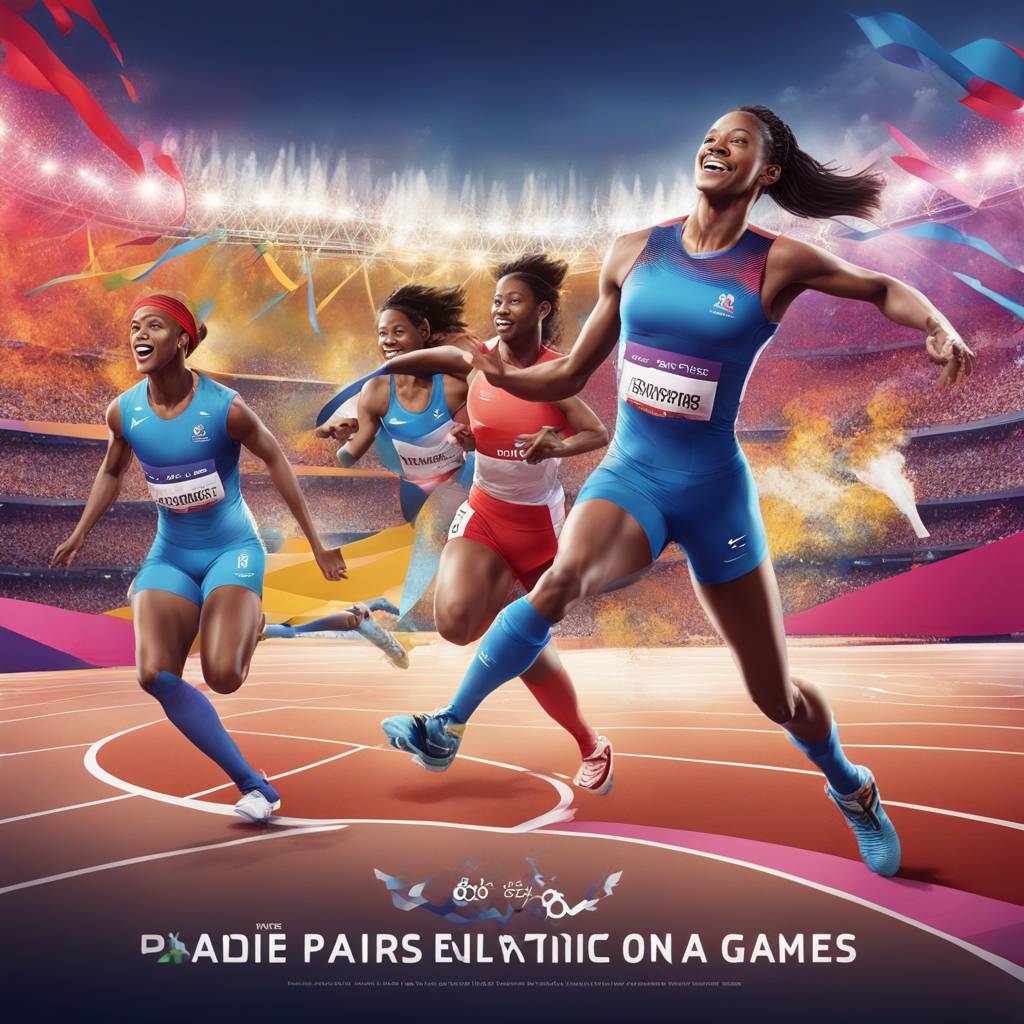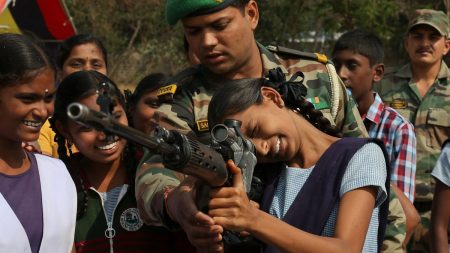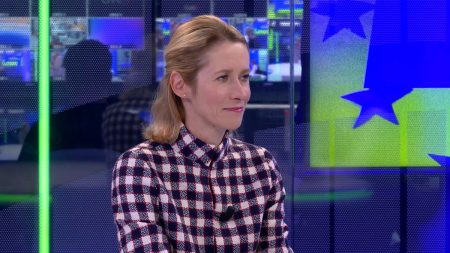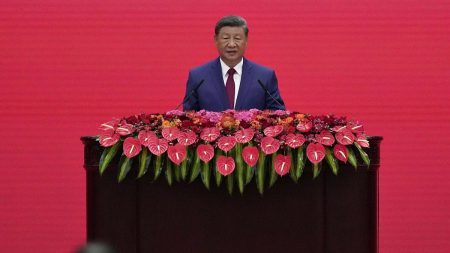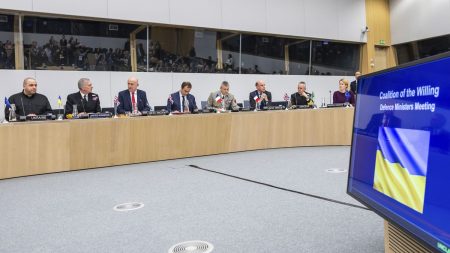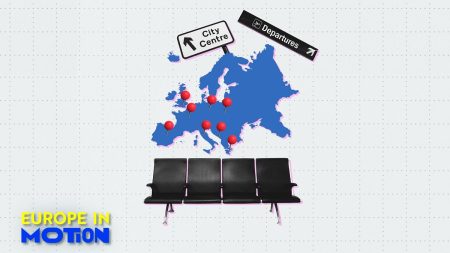The International Olympic Committee (IOC) is touting the upcoming Paris Summer Games as the first gender-equal Olympics in history, with an equal 50 per cent participation rate between men and women. While the 2021 Tokyo Olympics came close to achieving full parity with 48.8 per cent female participation, certain sports like wrestling and rhythmic gymnastics remain exclusive to one gender. The IOC has modified events to achieve more gender parity, such as introducing a mixed relay race for the 50km walk and adding a weight class for women’s boxing. However, there are still more events reserved for men’s sports than women’s, indicating that parity does not necessarily equate to gender equality, according to sports management professor Michele Donnelly.
Donnelly explains that gender-based differences still persist in the Olympics, including race lengths, equipment sizes and weights, and required uniforms for men and women. While some sports like archery, triathlon, and badminton have no gender differentiation, they are the exception rather than the rule. Donnelly is concerned by claims of gender equality in the Games, as women are still vastly underrepresented as coaches and technical officials. She fears that achieving parity within the Games may come at the expense of opportunities for men, rather than creating additional opportunities for women. This approach, she argues, does not align with the true definition of gender equality and ultimately penalizes the athletes.
The road to gender parity in the Olympics has been long and arduous, with women facing numerous challenges in their quest for inclusion. The founder of the IOC, Baron Pierre de Coubertin, initially prohibited women from competing in the first modern Olympic Games in 1896. It wasn’t until 1900 that 22 women were allowed to participate in five women’s sports, and women did not exceed 10 per cent of participants until 1952. The IOC did not officially adopt full gender parity as a goal until 2014, indicating significant progress but also acknowledging the lingering disparities between men’s and women’s participation in the Games.
Despite the IOC’s efforts to achieve gender parity, the upcoming Paris Summer Games still highlight the challenges women face in achieving true gender equality in the Olympic arena. While the number of female participants has increased, there are still more events reserved for men’s sports than women’s, underscoring the difference between parity and equality. Michele Donnelly’s assessment of the situation emphasizes the persistent gender-based differences in the Games, from race lengths to equipment sizes, as well as the lack of representation for women as coaches and officials. Moving forward, it will be essential for the IOC to address these disparities and work towards creating a more equitable and inclusive Olympic environment for all athletes, regardless of gender.




